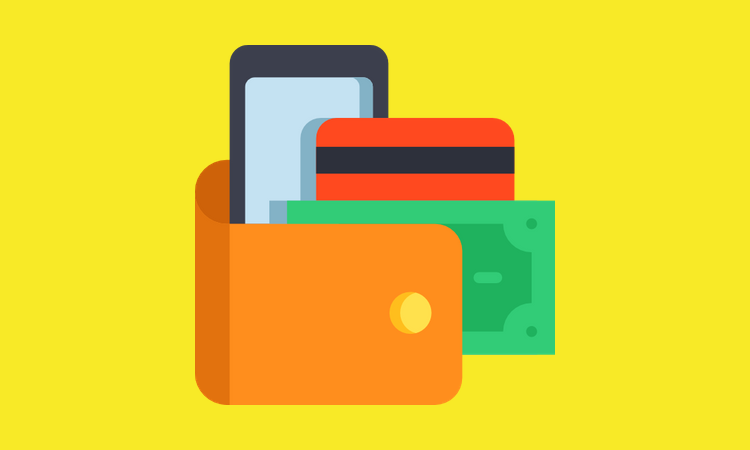Member Exclusive, Payments
Research: The rise of alternative payment methods around the world
- Alternative payment methods are growing globally, replacing cash and cards.
- Tearsheet looks at the numbers by region.









